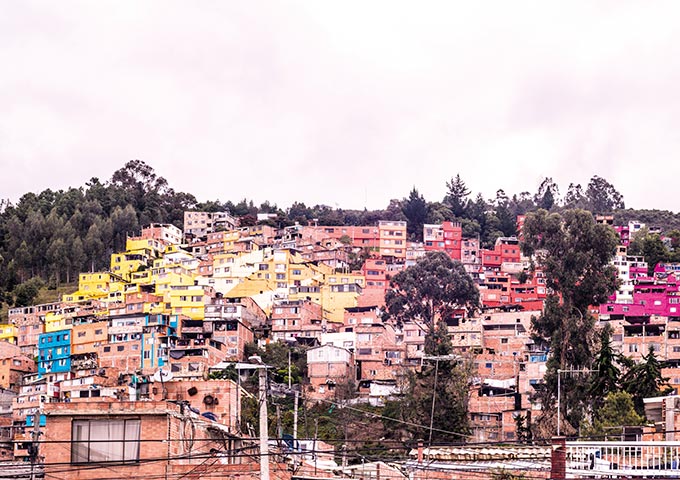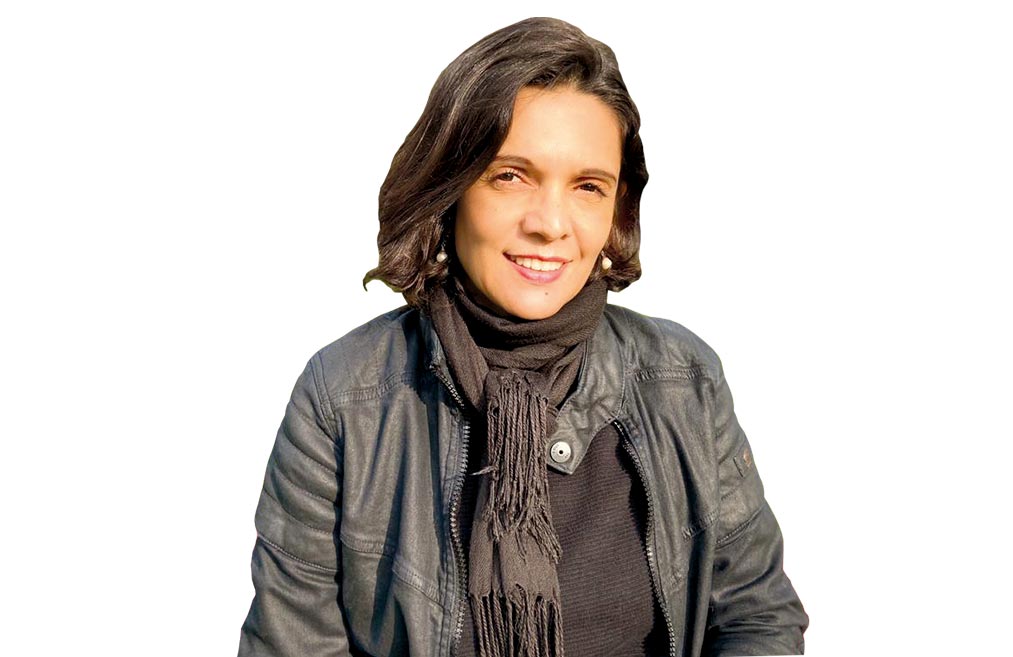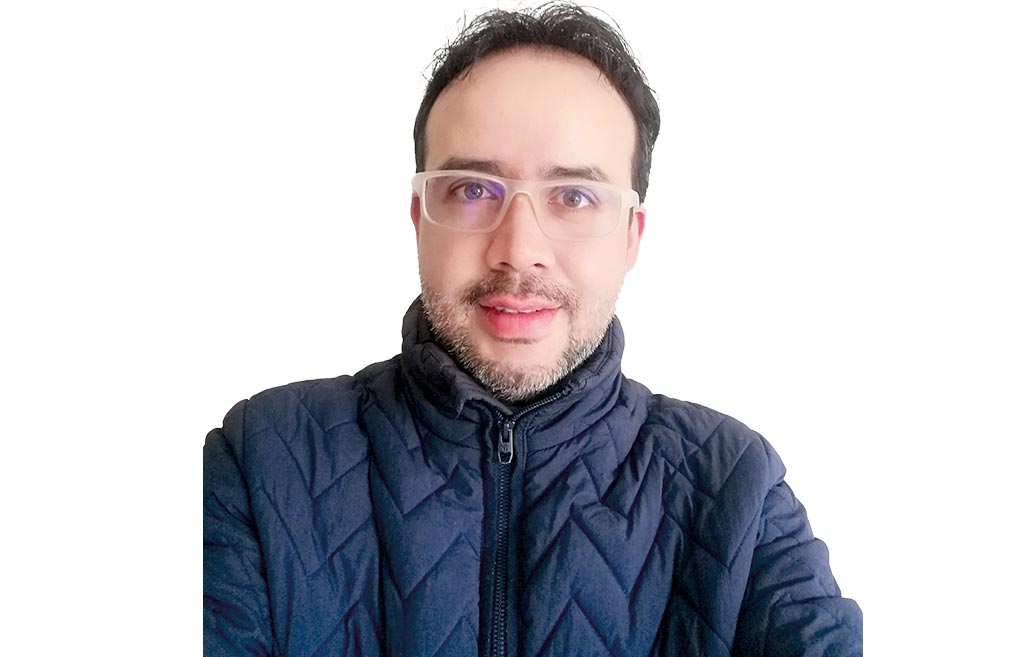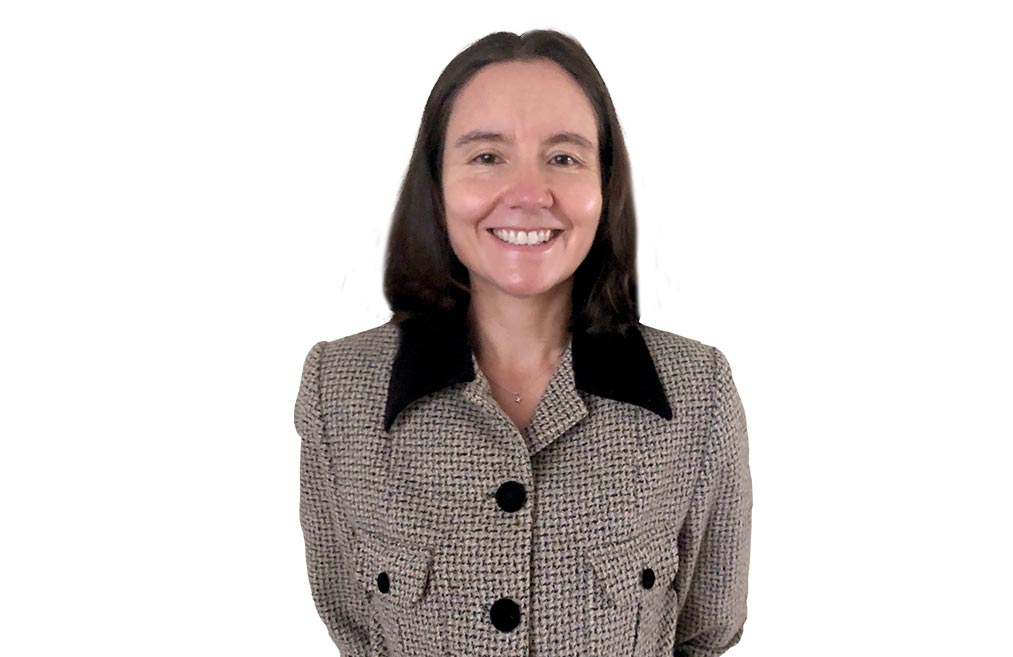From the classrooms to the slums: science at the service of the community
By: Magda Paéz Torres
Photos:
Science and Tech

By: Magda Paéz Torres
Photos:
The neighborhood “El Codito” is located to the nor theast of Bogotá. It is a diverse community where different images of the country meet and most immigrants from Boyacá, Santander, Costa Atlántica, and Venezuela stay. Here, multiple social challen ges converge. Historically, difficulties in accessing public services, mobility, health, and education, as well as the burden of negative thoughts related to insecurity have become evident in the area.
The Universidad del Rosario came to this neighborhood, which has not only been burdened with the high rates of poverty but also with stigma from some sectors of society, to launch a comprehensive program focused on the child population.
Through the call of the Ministry of Sciences called “Educational Innovation for Early Childhood”, a group of researchers from the School of Medicine and Health Sciences undertook collaborative work in this neighborhood within the framework of the National Program of Sciences, Technology, and Innovation in Education, Human, and Social Sciences.
It is a crosscutting initiative that seeks to influence collective wellbeing by working hand in hand with the population. The idea is to improve science in this area, but simultaneously, acknowledge and utilize communal wisdom.
Professor Luz Ángela Cortina,a researcher at the School of Medicine and Health Sciences of the Universidad del Rosario, explains: “We identified the situation of El Codito, specifically in relation to the early childhood population, and decided to propose an intervention and research project in which we address three fundamental axes: health from a non hegemonic, collective perspective, beyond the absence of disease or individual well being, diversityas an aspect that cuts across the existence of all human beings, and inclusionas the effective exercise of rights and participation.”

“Meeting, connecting, seeing their faces, talking, and expressing our emotions were very lovely matters when we transitioned to face-to-face engagement...” affirms Luz Ángela Cortina, professor at the School of Medicine and Health Sciences
The project called “Inclusive, Healthy, and Diverse Initial Education. Case: El Codito” considers the leadership of the inhabitants, especially of the women, who are key participants in diverse social processes, including the assistance of boys and girls. The objective is to promote healthy lifestyles as well as inclusion and equity in the area, based on the understanding of sociocultural connections and daily practices that affect health and diversity.
“The purpose is to acknowledge both communal wisdom and the practice and experience of the mothers in the community, of the teachers of the Child Development Centers (CDI, by its initials in Spanish), and of the families. In this line, we can build with them a program that recognizes and understands their needs,” states the researcher, Ángela María Pinzón, a doctor with a long history of academic and social work in the area.
Almost 30 communal mothers have voluntarily joined this project, along with approximately 30 teachers, representing a reach of more than 700 boys and girls. The study is based on participatory action research and seeks to give value to the work that these female leaders have been carrying out for more than two decades. “We are in the co-construction stage, where we get together with the community and begin to contribute ideas to build this program,” says Professor Luz Ángela Cortina.
Given the COVID-19 restrictions, this initiative started remotely, with the challenge of introducing many women in the area to virtuality. However, the progressive lifting of the isolation measures has made it possible to resume direct contact, with alternations. “Meeting, connecting, seeing their faces, talking, and expressing our emotions were very lovely matters when we transitioned to face-to-face engagement. This visual feedback is really crucial in our en - gagement with other subjects,” affirms Cortina.

Óscar Larrota, a researcher and professor at Universidad del Rosario, explains that he tends to allow the boys and girls to explore and feel diversity and participation.
Despite the limitations of virtual workshops and social distancing, Óscar Larrota, a professor and researcher at the School of Medicine and Health Sciences, points out that virtuality has allowed them to become a part of the population’s daily lives. “People introduce us to their families; a number of things happen that somehow transform the word “community” into “we.” In relation to face-to-face interactions, all the precautions in biosafety issues have been very important, as well as the feeling of seeing us, meeting us. This becomes highly valuable,” he explains.
The key has been to maintain a respectful and horizontal relationship, leaving aside the channels or barriers of this public health situation. “We recognize that there are some issues about which they know the best; for instance, we have never taken care of so many boys and girls or lived in the neighborhood, so we need them to teach us how everything works; we need to learn from them, that is for sure. The important part is to fulfill our promises and avoid promising what we cannot fulfill,” affirms Professor Ángela María Pinzón.
A joint effort
Currently, at this articulated construction stage, we have been talking about the pillars of initial education such as literature, exploration, play, and art
Larrota explains that he tends to allow the boys and girls to explore and feel diversity and participation. “It has been really interesting to recognize that diversity is often understood in terms of someone who is physically “different.” We managed to fragment those more traditional views to understand that diversity is an inherent matter of human beings, which is not only in physical, ethnic, or racial traits, but also the way we feel, express ourselves, and share.”
Based on collective reflections, some activities are now being built to share them with the teachers and communal mothers and to involve the children. “These games and exploration activities—like caring for an egg with a chick while playing with others—are a pretext and provocation to reflect upon the implications of self and collective care; therein lies co-construction. We play a part, and we hope that this provokes the communal mothers, teachers, and families into carrying out certain actions on certain topics to co-construct the program,” states the researcher.

“The high value of this project is the fact that we can blend academic and communal wisdom; not only are they learning from us, we are learning from them...” claims Ángela María Pinzón, a professor at the School of Medicine and Health Sciences.
This part of the project has been conceived as a play lab, as explained by professor Cortina. “We play with them; we somehow test the activities that we present so that they can directly identify, judge, and tell us if they serve our objectives; simultaneously, because these activities are provocative, the mothers can state their ideas to enhance our objectives.”
Topics such as health have been approached from a comprehensive perspective, going beyond food and individual care. Starting from a process of sensitization, collective care has been transcended to protect the lives of all the residents of the area
Let us rebuild the social fabric!
The main contribution of this research lies in sowing a seed of well being, based on science, that can be nurtured in the future by the community in an area of the city that cries out for support to overcome institutional voids and problems related to safety and social care, and where there is an evident lack of educational and work opportunities.
“Many victims of conflicts and ousting have arrived in these areas of Bogotá. This represents forms, customs, cultures, and encounters with habits and traditions that are part of the diversity of human beings and how they think, feel, or express themselves. Thus, one of our main purposes is inclusion in the interest of generating spaces where we can all participate,” comments Professor Larrota.
Moreover, since 2011, Universidad del Rosario has been present in this area. The current research gives continuity to a long term work that has started with the knowledge of the environment and its actors to be able to design transforming paths that propose solutions to the populations that reside there.
Therefore, the main interest of this project that ends in 2022 is to generate deep changes in the social fabric. “The high value of this project is the fact that we can blend academic and communal wisdom; not only are they learning from us, we are learning from them. In this sense, we are all building interesting knowledge. In terms of inclusion, this is very important,” affirms Professor Ángela Pinzón
Then, the community empowers itself to continue the processes of social improvement. “It is essential to understand these differences as human beings and to think that the different spaces are suitable for all people to participate. We believe, without a doubt, that there is some knowledge that is used to promote development and well being. This is real, but sometimes this knowledge is shadowed by other forms,” says Larrota.
In the end, the idea is that through this experience, the socio communal fabric becomes stronger with the help of women. Moreover, we hope that this will become a significant experience for other community mothers and teachers in other areas of Bogotá and the country. “Let this be the pretext to think broadly on the issue of collective health, inclusion, and diversity, from early childhood,” the researcher points out
In this way, the social imprint of the Universidad del Rosario, the socio academic contribution to the country, which is another institutional axis, is reflected in the streets of Colombia. Teachers and students turn from classrooms to neighborhoods, with the conviction that research is the link to create new and better societies and, of course, to build the nation.